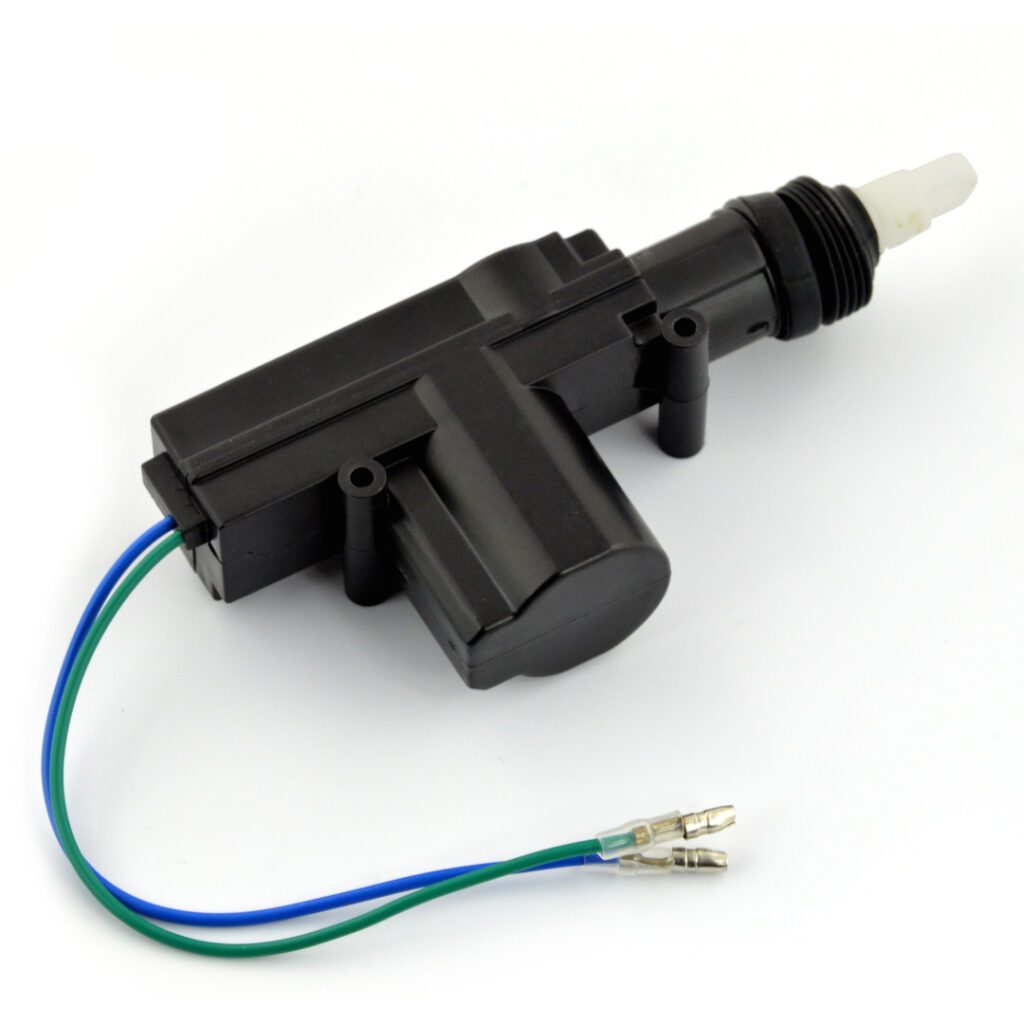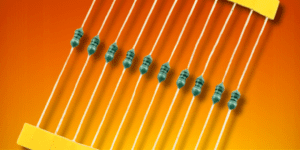Spis treści:
The verb actuate can be derived from the English term electric actuators. The word simply means to start the machine. However, the term “actuator” refers to a specific family of machines that move or control something – with the emphasis on movement. They convert electrical, pneumatic or other energy into linear or rotary motion. As the name suggests, an electric actuator requires voltage to operate. An engine is also needed. This can be a traditional electric motor or, for example, a stepper motor, depending on the needs of the application. Movement is generated by means of components, about which more when describing the types of actuators. Most often they are placed in a metal or plastic housing. An optional gearbox varies the speed, while an electronic control system and possible additional sensors, such as encoders, regulate the movement parameters.
Types of electric actuators
We will first describe the two main types by mode of operation – linear actuators and rotary actuators, about which more and in more detail later. Subtypes abound, from which questions often arise as to whether such and such an actuator is the same thing.
Linear actuators
- Screw actuators convert rotary motion to linear motion using a screw.
- Belt actuators use drive belts to transmit linear motion.
- Sliding cylinders use a piston moving inside a cylinder.
- The linear motor is an integral part of the line of motion and converts electrical energy into linear motion.
Rotary actuators
- Electric motors with gears that rotate a shaft, often with additional gearing, generate torque.
- Stepper motors perform stepping motions, allowing for precise positioning.
- Pinion rotary actuators use gears to generate rotary motion .
- Brushless motors are prized for their smooth rotational motion.
- Hydraulic and pneumatic rotary actuators use fluids or compressed air to generate rotary motion.
Hybrid actuators are also encountered , which combine the features of linear and rotary actuators in a single device, allowing both linear and rotary movements. Other combinations of linear and rotary actuators include multi-axis actuators, which allow movements in different directions simultaneously, and specialized piezoelectric, electromagnetic or ultrasonic actuators. The division is therefore based on what mechanisms generate traffic in these devices, or rather, what phenomena they use to do so.
Electric linear and rotary actuators
Linear actuators have a limited distance of supported motion because they take the form of a shaft that moves backward and forward along its length. This does not necessarily mean that they are short, as they can move even a few meters. However, because of the way they work, it is often more efficient to use another form of machine to move things quickly over long distances, unless there is a special need for precision.
The linear actuator does not have to move between point A and point B, but can stop at any point along the way. Imagine an electric car window or a dentist’s chair with adjustable height and angle, where there must be a way to position the object exactly as desired, rather than in one of two extreme positions. But consider also something like a moving solar panel, where its optimal orientation changes gradually as the day progresses – such gentle, continuous and precise movement is exactly what an electric actuator can provide.
Rotary actuators have no such limitations because they operate in a continuous loop, although they are typically used to move objects at angles of less than 360 degrees. And since the angle of rotation can be precisely controlled, this makes them ideal for operating valves or gates, for example. In the case of robots or manipulators, it is often necessary for robot components to be able to rotate around their own axes. Here another illustrative example from everyday life – the joints in the human body are an example. Rotary actuators are used in automobiles to control valves and wheel position in steering, the movement of steering surfaces in aviation, and in assembly electronics even before it reaches your hands, because they are used to precisely align and position components on PCBs.
Application of electric actuators
A little more about this to get a better idea of their amazing capabilities. Some linear actuators are capable of lifting enormous loads, up to several tons. As a result, they are used in heavy industry for handling large parts. They can even be ramps or entire compartments of rail vehicles, drilling rigs or lift (drawbridges). On the other hand, as a counterbalance to this power are strengths such as fast movements, for example, in mass production where time is of the essence, extreme precision in manipulating micro objects or virtually silent and vibration-free operation in a harmoniously organized home automation system.
In each of these cases, electric actuators are tailored to specific requirements ensuring not only the lifting of heavy loads, but also precise motion control and safe operation.It is the combination of force and precision that makes possible innovative solutions that contribute to technological development and improve the efficiency of a whole range of equipment from household gates, to medical robotics, to lifting monstrous loads in construction and industry.
How useful was this post?
Click on a star to rate it!
Average rating 0 / 5. Vote count: 0
No votes so far! Be the first to rate this post.







